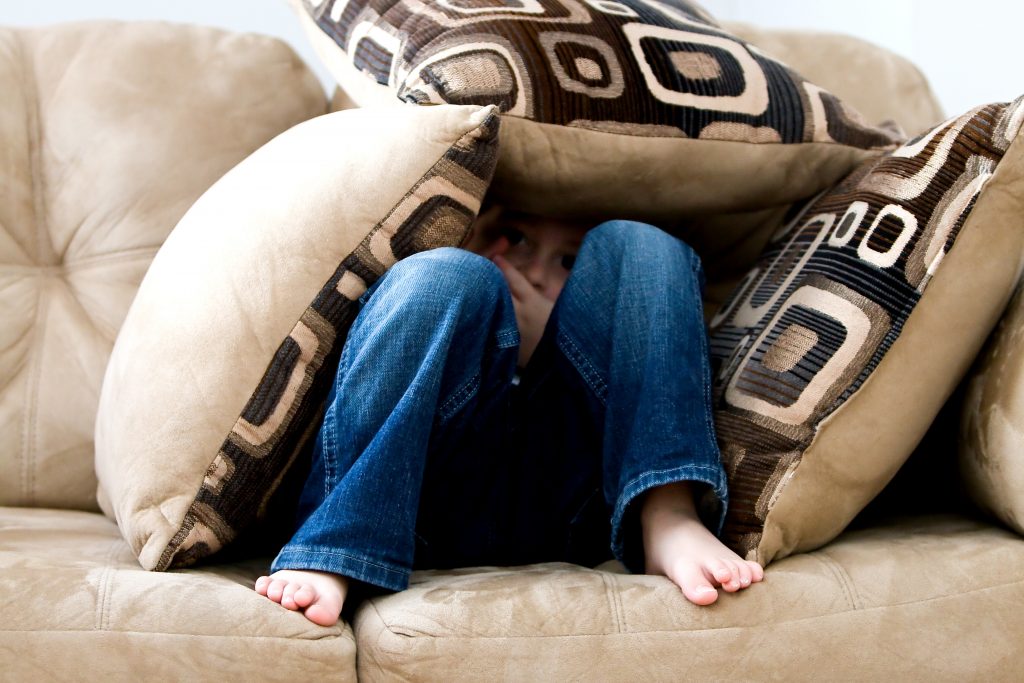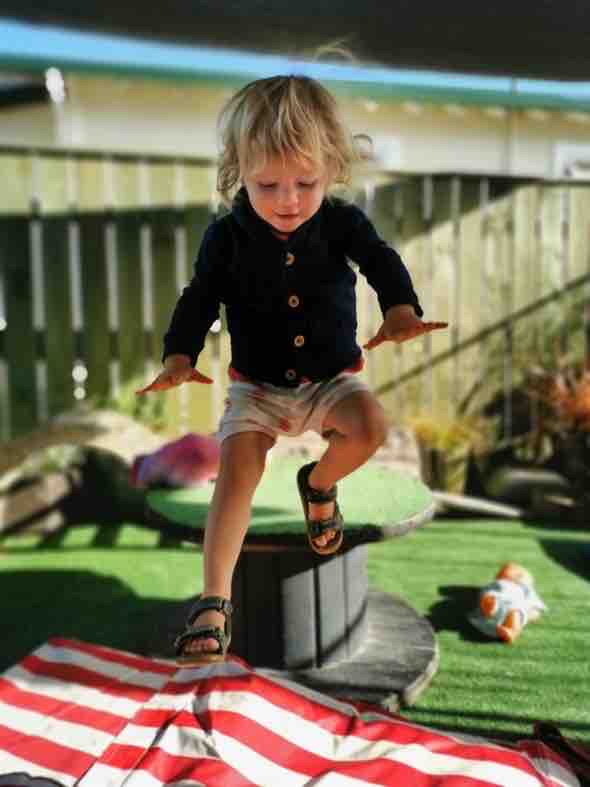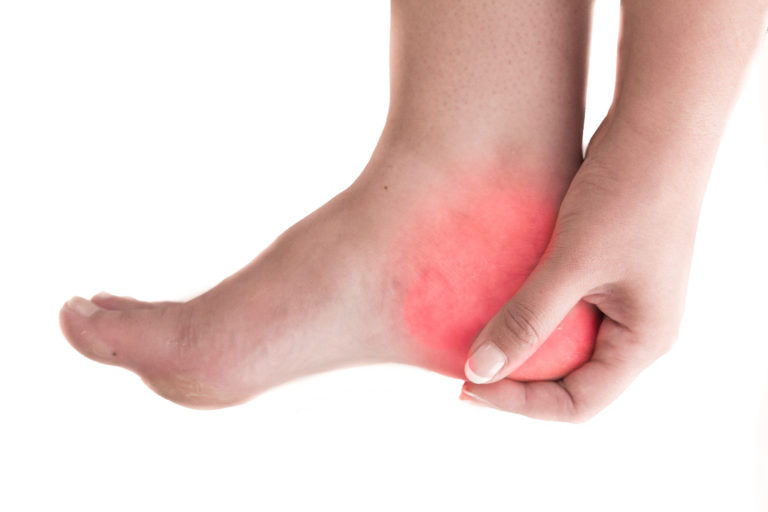Do your feet seem to sweat more than others? Do they regularly carry an unpleasant…
How We Treat Growing Pains

“I think he has growing pains. He gets them every time he plays sports or starts running these days. We’ve just got to wait it out, right?”
If we had a dollar for every time we’ve heard this from a concerned parent here at Masterton Foot Clinic, then our piggy bank would be overflowing! It’s a common misconception that there’s nothing you can do for growing pains and that they must be put up with and waited out. The truth is that this is not the case at all, and growing pains can be treated, and the pain can be alleviated. Today, we’re filling you in on the how’s, the why’s and the what’s of growing pains – and what we can do to help your family.
What exactly are growing pains?
 Irritated or damaged growth plates cause growing pains. Growth plates are present in growing (non-mature) bones and are where new bone is added to. They are weaker and more vulnerable than their surrounding muscles, tendons and ligaments. The two most common areas for growing pains in kids are at the back of the heel, also known as Sever’s disease, and at the knees, known as Osgood Schlatter’s.
Irritated or damaged growth plates cause growing pains. Growth plates are present in growing (non-mature) bones and are where new bone is added to. They are weaker and more vulnerable than their surrounding muscles, tendons and ligaments. The two most common areas for growing pains in kids are at the back of the heel, also known as Sever’s disease, and at the knees, known as Osgood Schlatter’s.
Pain occurs when muscles pull on the area around the growth plate. Often these muscles are tight, and when combined with physical activities that pull on the area around the growth plate, symptoms begin. Growing pains can occur on one foot or leg, or both.
How do I know if it’s growing pains or something else?
Growing pains affect growing, active children, often between the ages of 8 and 14 years. This is because once kids reach full maturity, their growth plates will turn to solid bone.
Symptoms of growing pains will depend on where the pain is located, but generally, kids will experience:
- Pain and tenderness – that may radiate or shoot up/down the foot or leg
- Pain worsens on exercise, especially running
- Pain settles with rest and ice, though may sometimes be present at night or during periods of inactivity too
The only way to know for sure if it’s growing pains or if a different problem is causing similar symptoms is by seeing your podiatrist. They’re qualified to diagnose and treat a variety of problems with the feet and legs in kids and adults alike.
 How can our podiatrists help with growing pains?
How can our podiatrists help with growing pains?
As with anything in healthcare, the key to a long-term solution is not just to treat the symptoms, but the cause, too. We’ll start with a comprehensive assessment to understand what is irritating the growth plates.
Whether it’s tight muscles, poor alignment during walking, low-set shoes or anything else that is contributing to the problem, we’ll form a treatment plan that’ll address every cause so that the growth plate stops getting irritated and the symptoms can settle – and stay gone. This may involve:
- Stretching and strengthening for tight muscles
- Orthotics for foot alignment problems
- Footwear adjustment
- New warm-up techniques for sports
- Heel raises in the shoes
Ready to book your appointment with an experienced and friendly team? Click here or call us on 06 370 4057
